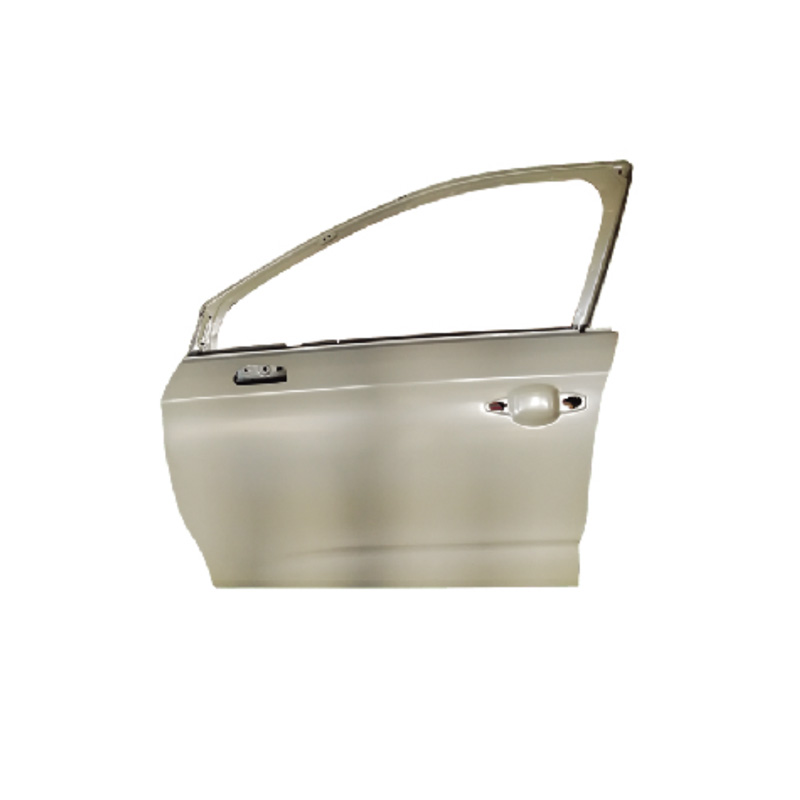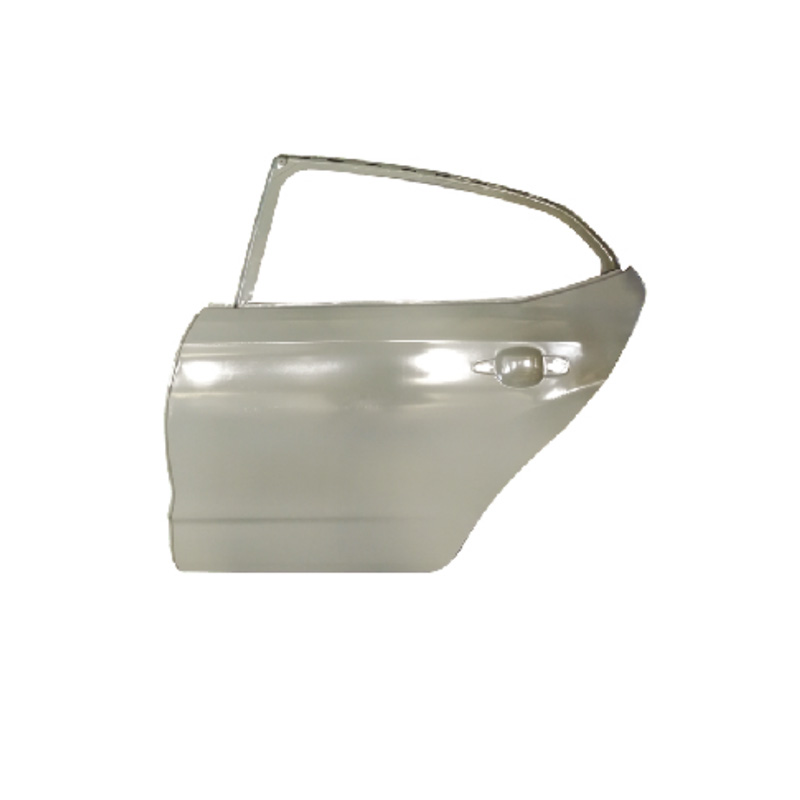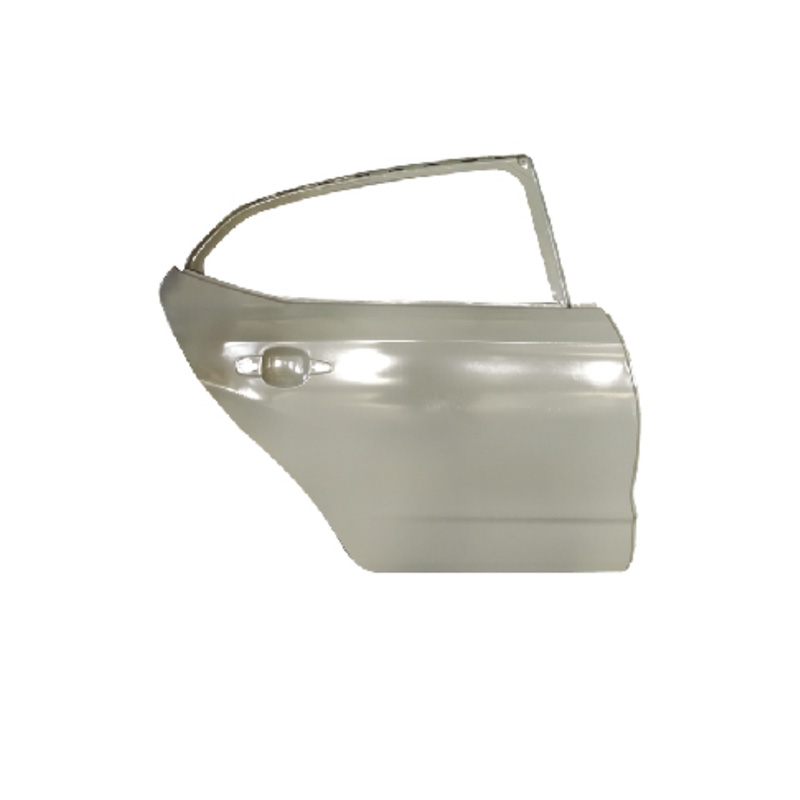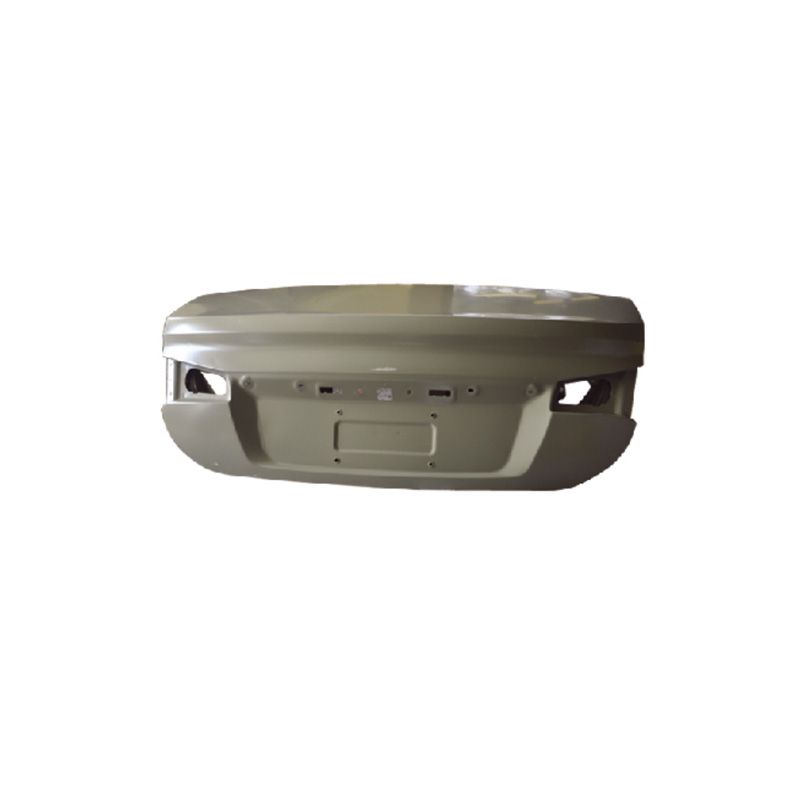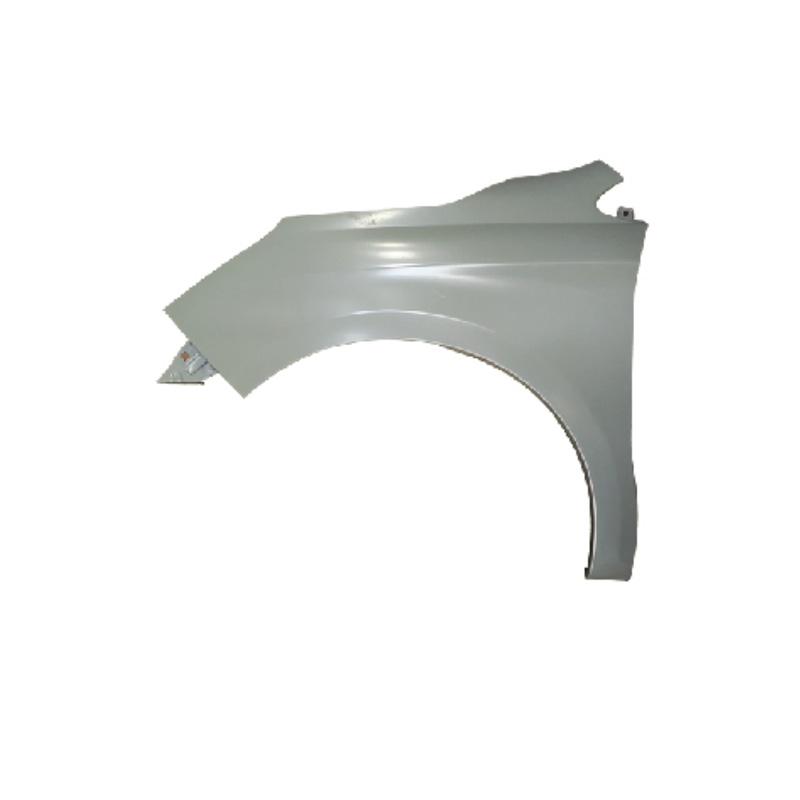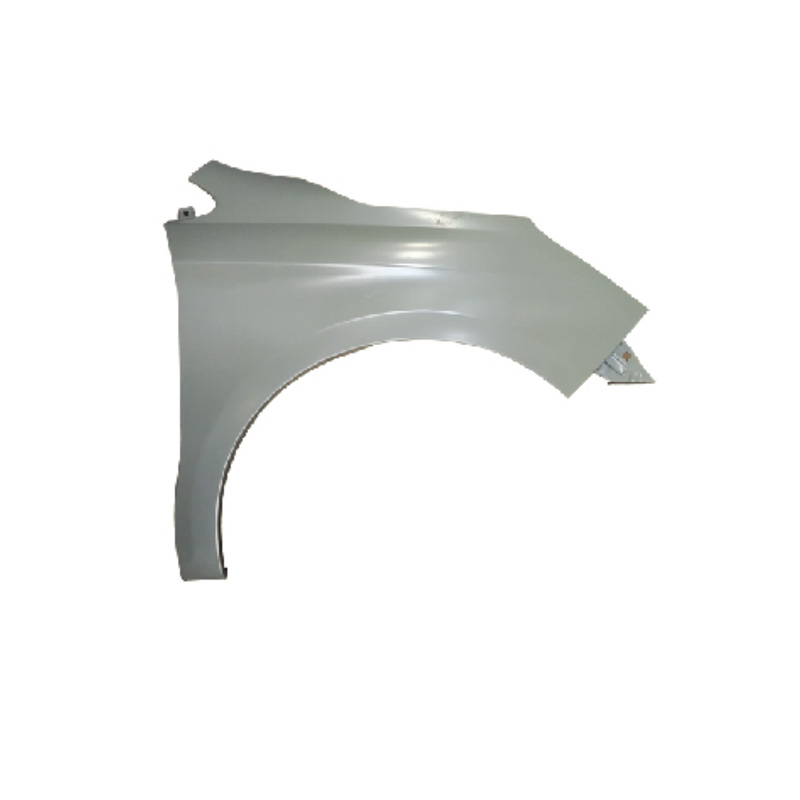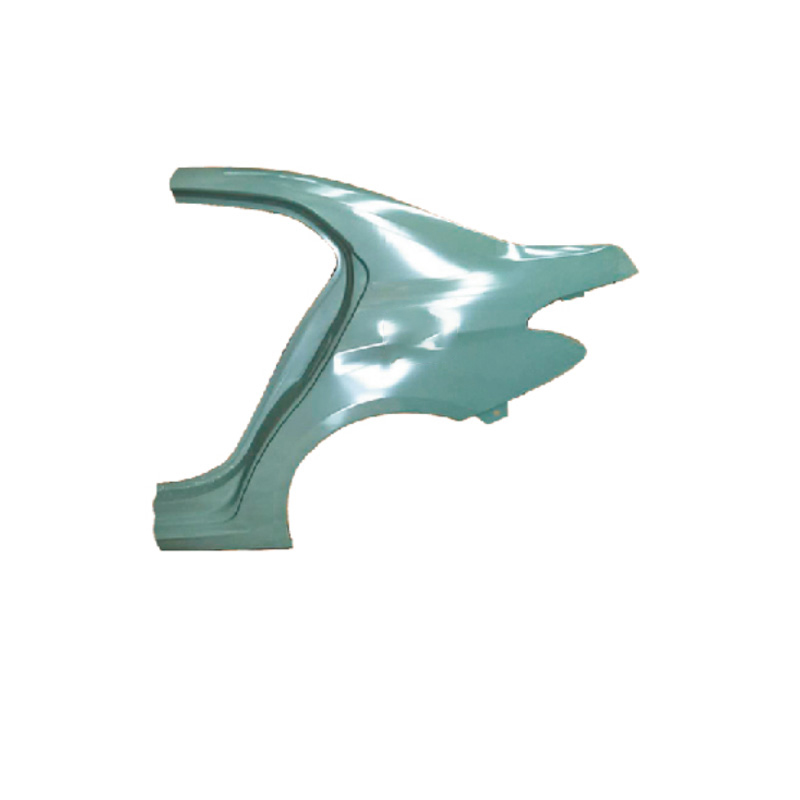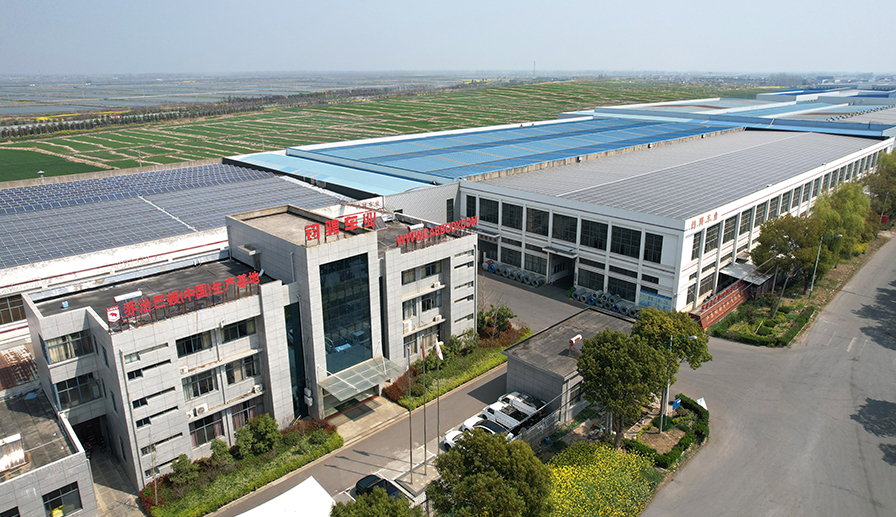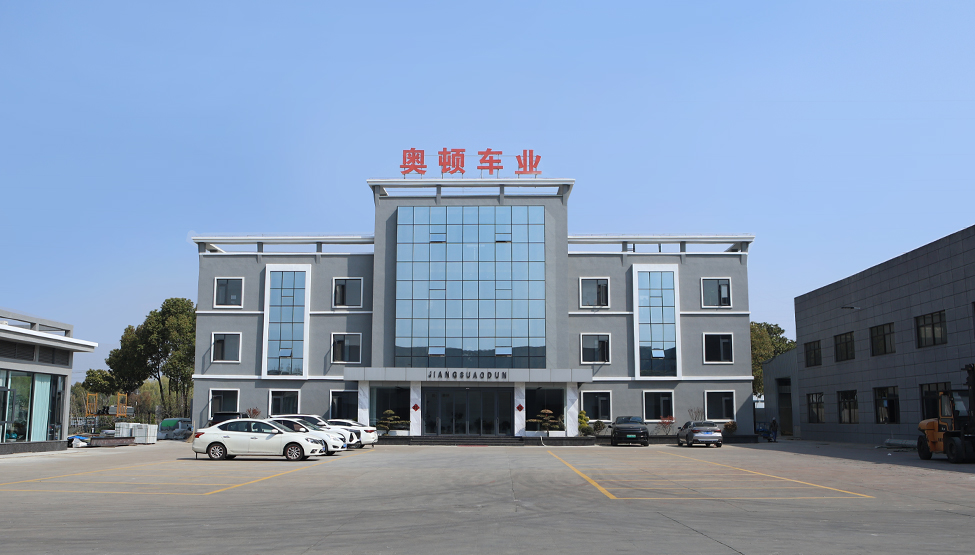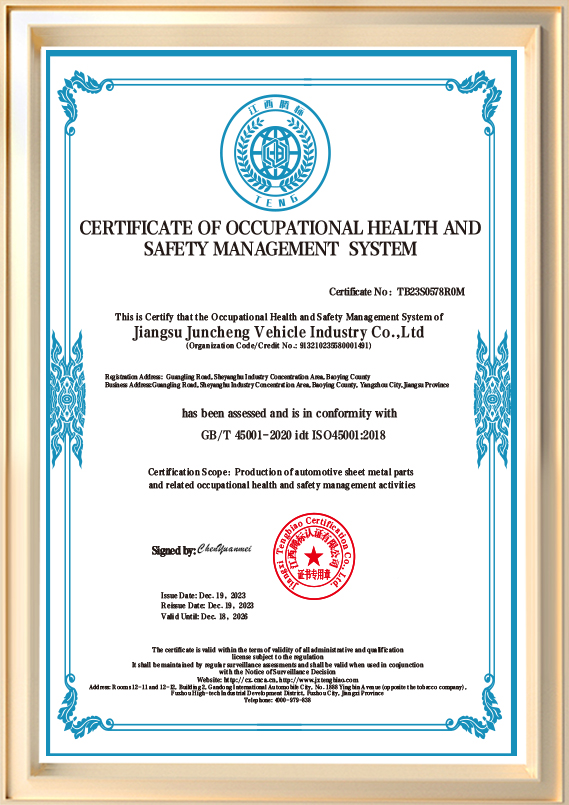What are the common material choices for Citroen Parts? How durable and corrosion-resistant are these materials?
The common materials used in Citroen Parts include:
High-Strength Steel (HSS): This type of steel is widely used in modern automotive production due to its excellent strength and impact resistance, especially in body structures, doors, and chassis components. High-strength steel has excellent corrosion resistance and is often combined with anti-rust coatings to increase durability. However, with increased strength, its ductility and weldability may be slightly inferior, requiring more precise welding techniques.
Aluminum Alloys: Aluminum alloys are particularly suitable for high-end models or hybrid vehicles from brands like Citroen due to their lightweight advantage. Aluminum has better corrosion resistance than steel, especially in Citroen models using aluminum alloys, effectively reducing corrosion caused by oxidation. Aluminum alloys have relatively lower strength but are lighter, so they are often combined with high-strength steel in the design to achieve optimal performance.
Galvanized Steel: To further enhance the corrosion resistance of its sheet metal parts, Citroen uses galvanized steel. This material is coated with a layer of zinc, effectively preventing oxidation and rust. Especially in areas with high rainfall and humidity, galvanized steel significantly improves the durability of Citroen parts, extending the lifespan of the body shell and chassis.
Stainless Steel: Some Citroen models may use stainless steel to manufacture body sheet metal parts, especially in areas with high corrosion resistance requirements (such as the exhaust system and chassis). Stainless steel has very strong corrosion resistance, but its cost is relatively high, typically used in high-end models or specific components.
The durability and corrosion resistance of these materials generally depend on two main factors: the properties of the material itself and subsequent surface treatment techniques (such as coating, galvanizing, anodizing, etc.). As a well-known automotive brand, Citroen typically uses various surface treatment processes to improve the durability of its sheet metal parts, ensuring the reliability of its vehicles in various environments.
What technologies are used in Citroen's metal sheet metal parts production process to ensure the precision and strength of the sheet metal parts?
To ensure the precision and strength of Citroen Parts, Citroen employs several advanced technologies in its production process:
Laser Cutting Technology: To ensure the precision of sheet metal parts, Citroen typically uses laser cutting technology. This technology provides high-precision cutting results, ensuring that the dimensions and shape of the parts meet design standards. Laser cutting not only improves the precision of sheet metal parts but also reduces material waste and increases production efficiency.
CNC Punching: CNC punching technology is a key technology in sheet metal manufacturing. Through a computer numerical control system, the movement trajectory of the punching equipment is precisely controlled, ensuring that the shape and dimensions of each sheet metal part perfectly meet design requirements. This technology can produce large quantities of high-precision parts in a short time and ensure the consistency of the sheet metal parts.
Hot Stamping: To enhance the strength of Citroen Parts, especially in body structure components, hot stamping is widely used. By heating high-strength steel sheets to a certain temperature and then stamping them, the strength and hardness of the sheet metal parts are significantly improved. This technology ensures that body parts provide better protection in a collision, improving vehicle safety.
Cold Forming: Cold forming uses cold working to shape sheet metal parts into the desired form with high precision. For certain Citroen Parts requiring high durability and stability, cold forming maximizes the preservation of the material's mechanical properties, making it particularly suitable for manufacturing body shells and some small parts.
Welding Technology: During production, Citroen also extensively utilizes robotic welding and laser welding technologies. These advanced welding technologies ensure the strength and stability of sheet metal joints. Laser welding provides a finer weld finish, avoiding the thermal damage to materials that can occur with traditional welding methods, thus improving the precision and durability of sheet metal parts.
Through these advanced production technologies, Citroen ensures that its sheet metal parts not only possess precise dimensions but also meet safety and environmental protection requirements while maintaining high strength.
How are welding techniques handled during the manufacturing process of Citroen Parts to ensure the stability and sealing of joints?
Regarding sheet metal welding technology, Jiangsu Juncheng Vehicle Industry Co., Ltd.'s advanced technology and quality control system in sheet metal parts production also provide valuable experience for the automotive industry. As a professional sheet metal parts manufacturer, Jiangsu Juncheng Vehicle Industry Co., Ltd. is committed to providing high-quality metal parts to globally renowned brands. Its stringent production standards and innovative technologies play a crucial role in ensuring the stability and sealing of sheet metal weld joints.
Applications of Welding Technology by Jiangsu Juncheng Vehicle Industry Co., Ltd.:
Laser Welding and Precision Welding: Jiangsu Juncheng Vehicle Industry Co., Ltd. employs advanced laser welding technology, particularly suitable for sheet metal parts requiring high precision and strength. This technology is especially prominent in welding materials such as high-strength steel and aluminum alloys. Laser welding not only achieves extremely high joining precision, but also, due to its concentrated heat characteristics, reduces the heat-affected zone, preventing material overheating and deformation, and ensuring the stability and sealing of sheet metal joints. This is particularly important for Citroen's sheet metal parts, especially in areas related to body structure and safety, where laser welding provides robust connection points and improves the vehicle's crashworthiness.
Robotic Automated Welding: Jiangsu Juncheng Vehicle Industry Co., Ltd. extensively utilizes robotic welding technology in sheet metal production. Robots efficiently and accurately complete welding tasks in large-scale production. Each robot executes welding operations through precise program control, minimizing errors caused by human factors. For Citroen's sheet metal production, this automated welding technology from Jiangsu Juncheng Vehicle Industry Co., Ltd. ensures the precision of every weld point, especially in components with high sealing requirements (such as door and window edges), effectively preventing air and moisture penetration and ensuring the vehicle body's airtightness.
Spot Welding and High-Efficiency Welding Technology: In addition to laser welding, Jiangsu Juncheng Vehicle Industry Co., Ltd. also uses spot welding technology in the joining of some sheet metal parts, especially in thinner sheet metal materials. Spot welding not only has high production efficiency but also produces robust weld joints, suitable for mass production. This technology ensures that Citroen's sheet metal parts provide sufficient strength during assembly and guarantees the sealing of joints, thereby improving the overall structural strength and safety of the vehicle.
Bragging Technology: Jiangsu Juncheng Vehicle Industry Co., Ltd. also utilizes brazing technology, particularly in the joining of internal and external metal sheet metal parts, providing excellent sealing. This is an excellent option for Citroen, especially in areas requiring waterproofing and dustproofing (such as doors and engine compartments). Brazing ensures the stability of the joint while maintaining a lower welding temperature, reducing damage to the metal materials.




